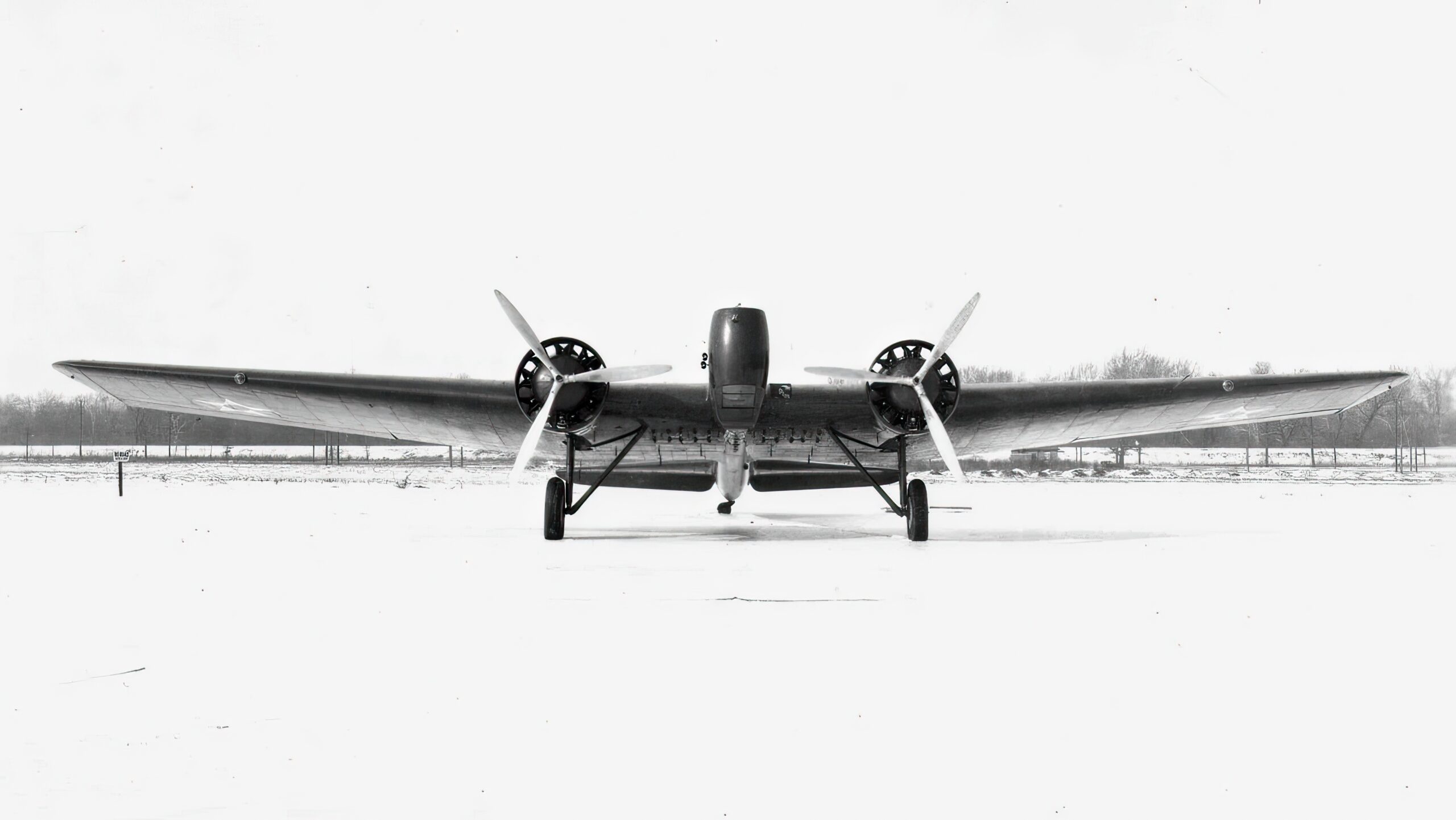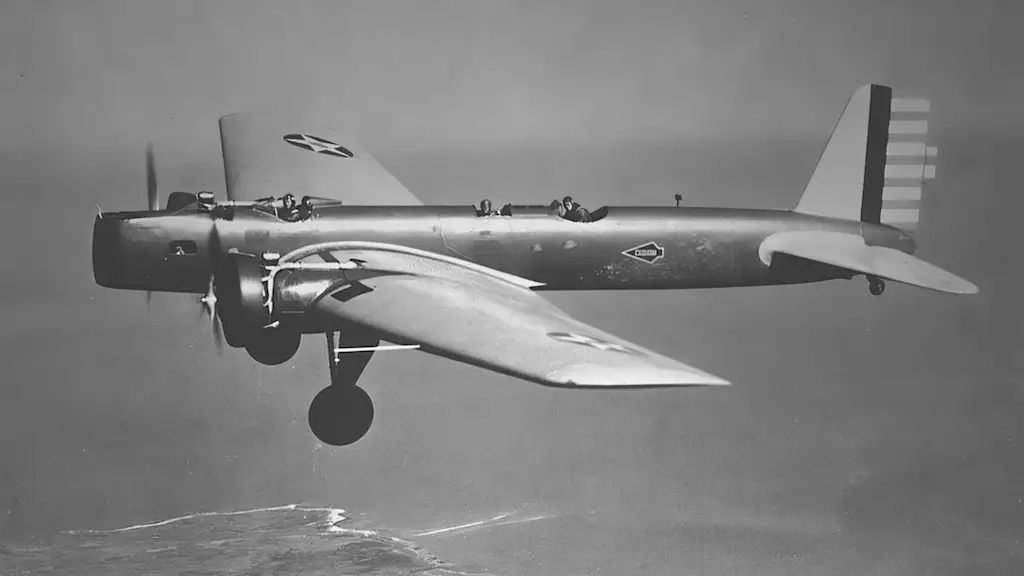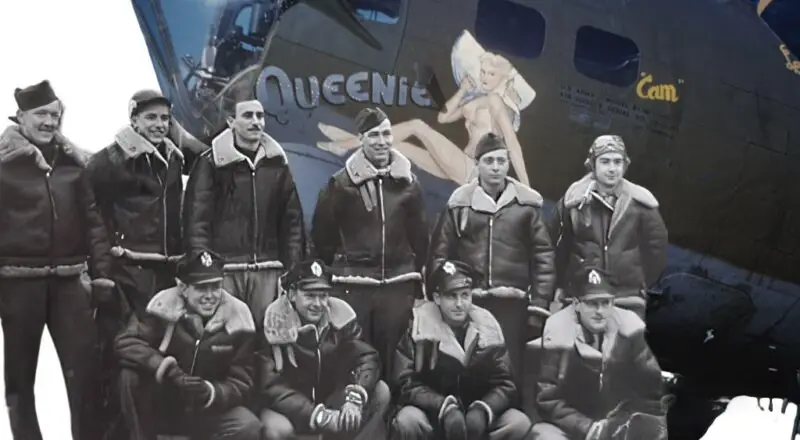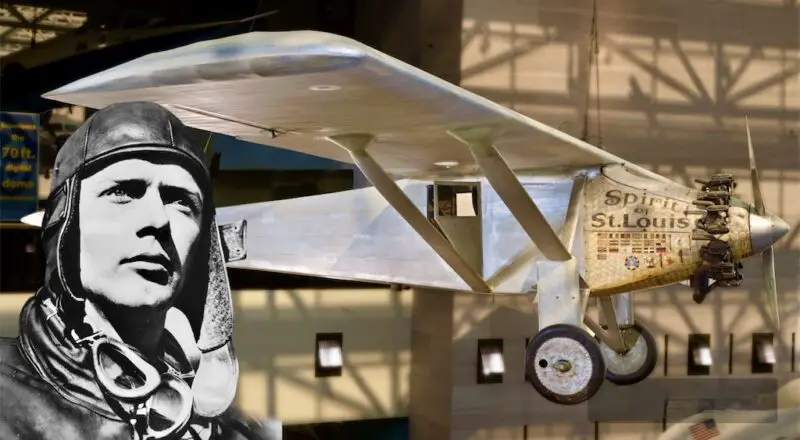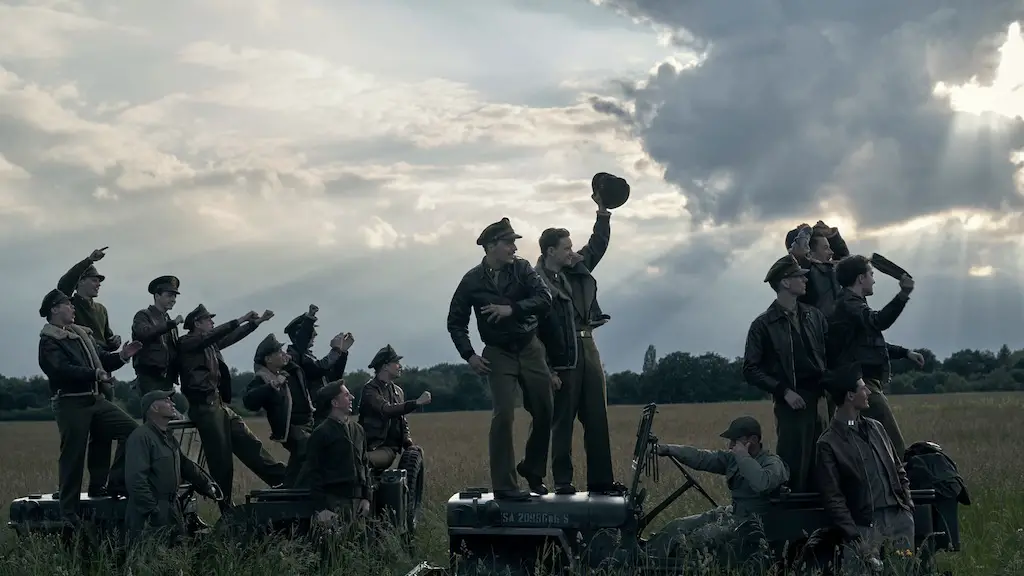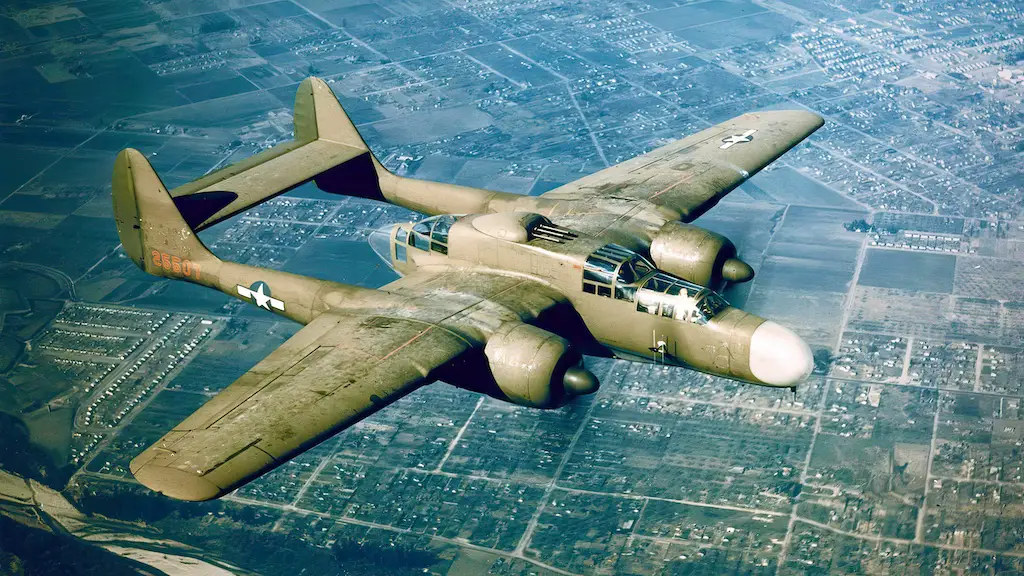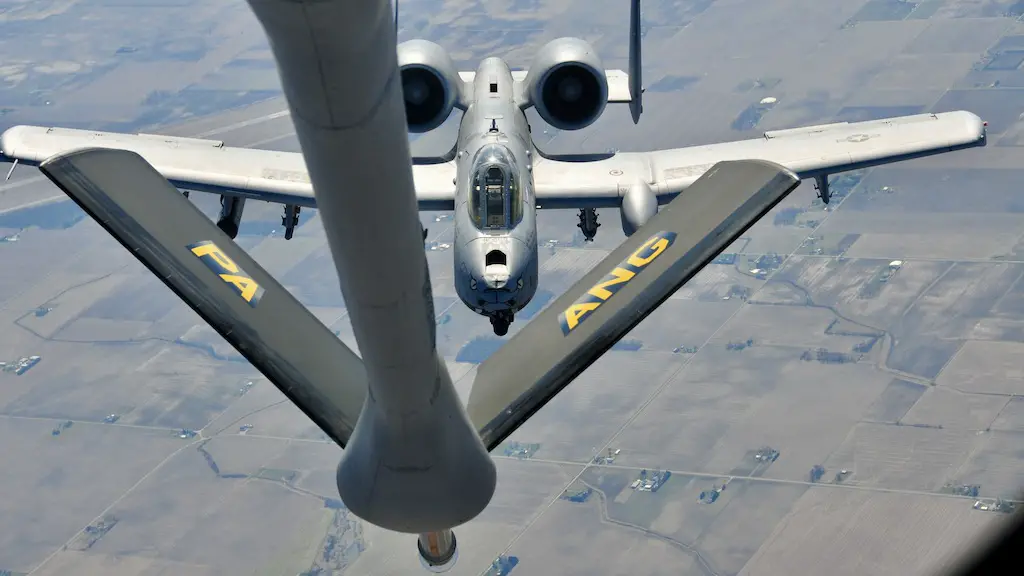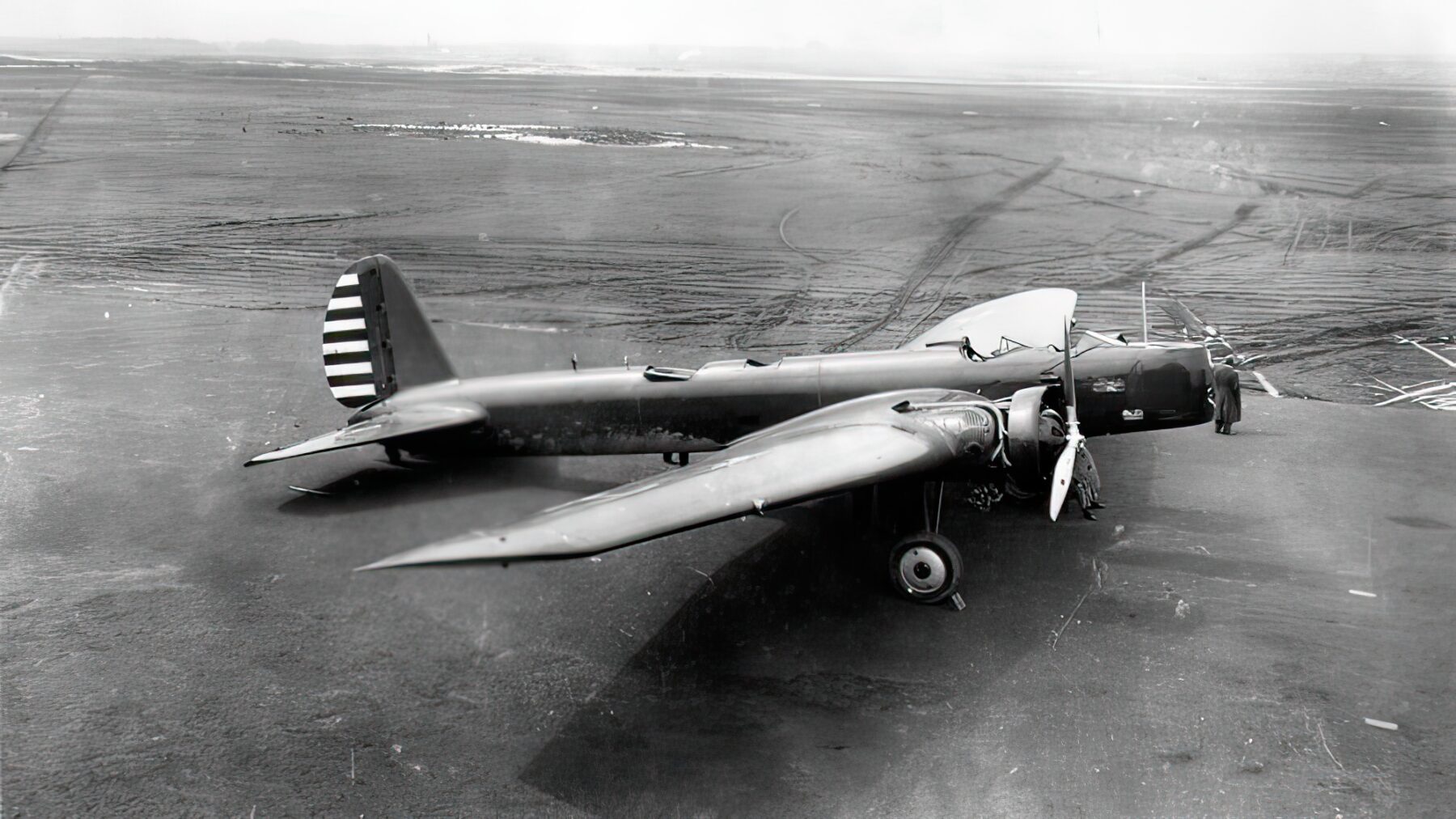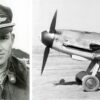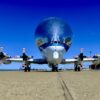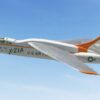The Boeing YB-9 holds a significant place in the history of aviation, marking a turning point in the development of American bombers. Designed and built by Boeing in the 1930s, the YB-9 introduced groundbreaking features that influenced subsequent aircraft designs. This article explores the innovative design, capabilities, and impact of the Boeing YB-9 on the evolution of American military aviation.
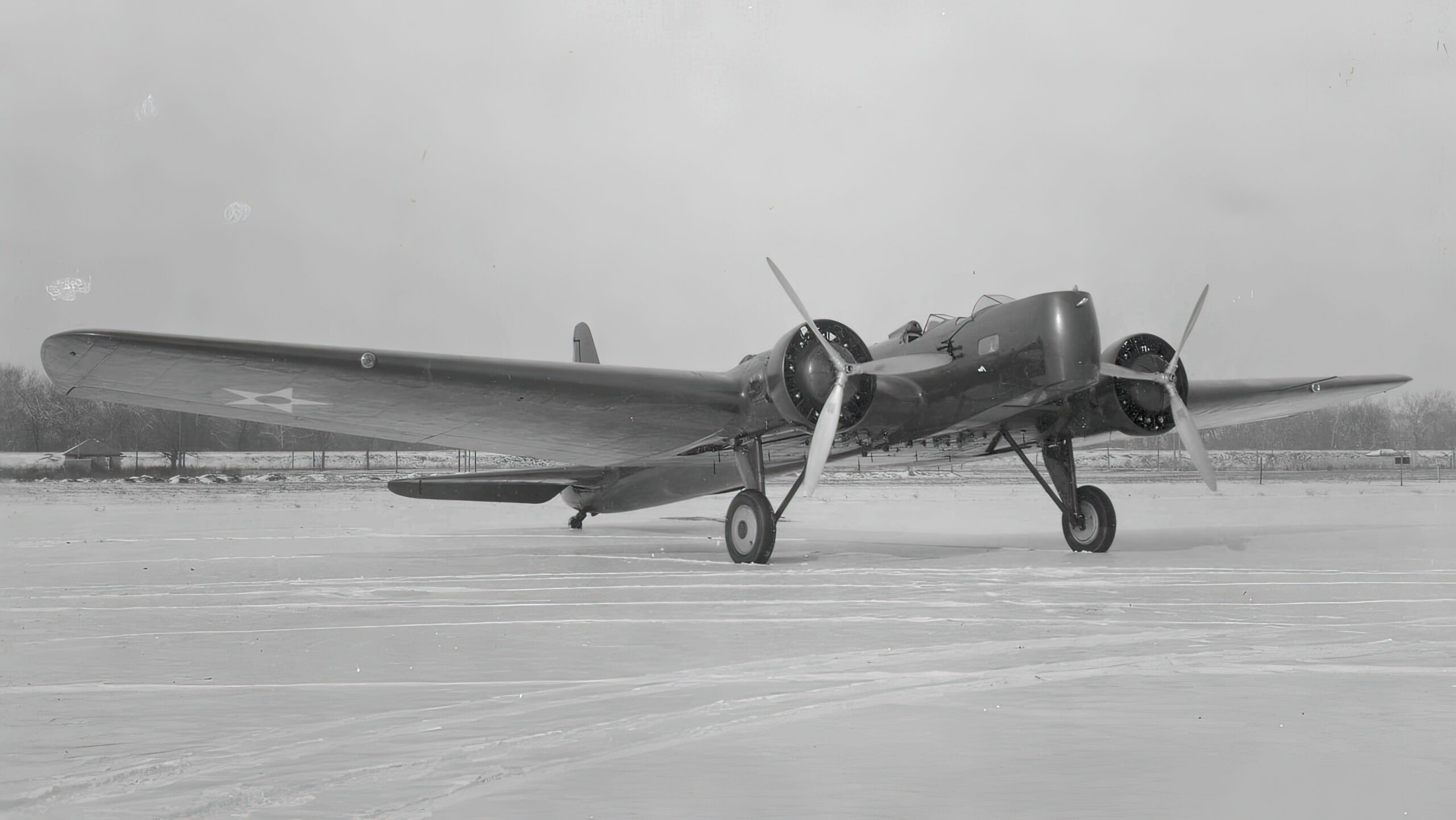
Modern engineering principles
In response to the U.S. Army Air Corps’ request for a new long-range bomber, Boeing initiated the design process for the YB-9 in 1930. The aircraft represented a shift from biplane to monoplane construction, incorporating modern engineering principles and cutting-edge technologies. Boeing’s expertise in metal construction, combined with the demand for increased performance, drove the development of the YB-9 as a breakthrough aircraft for its time.
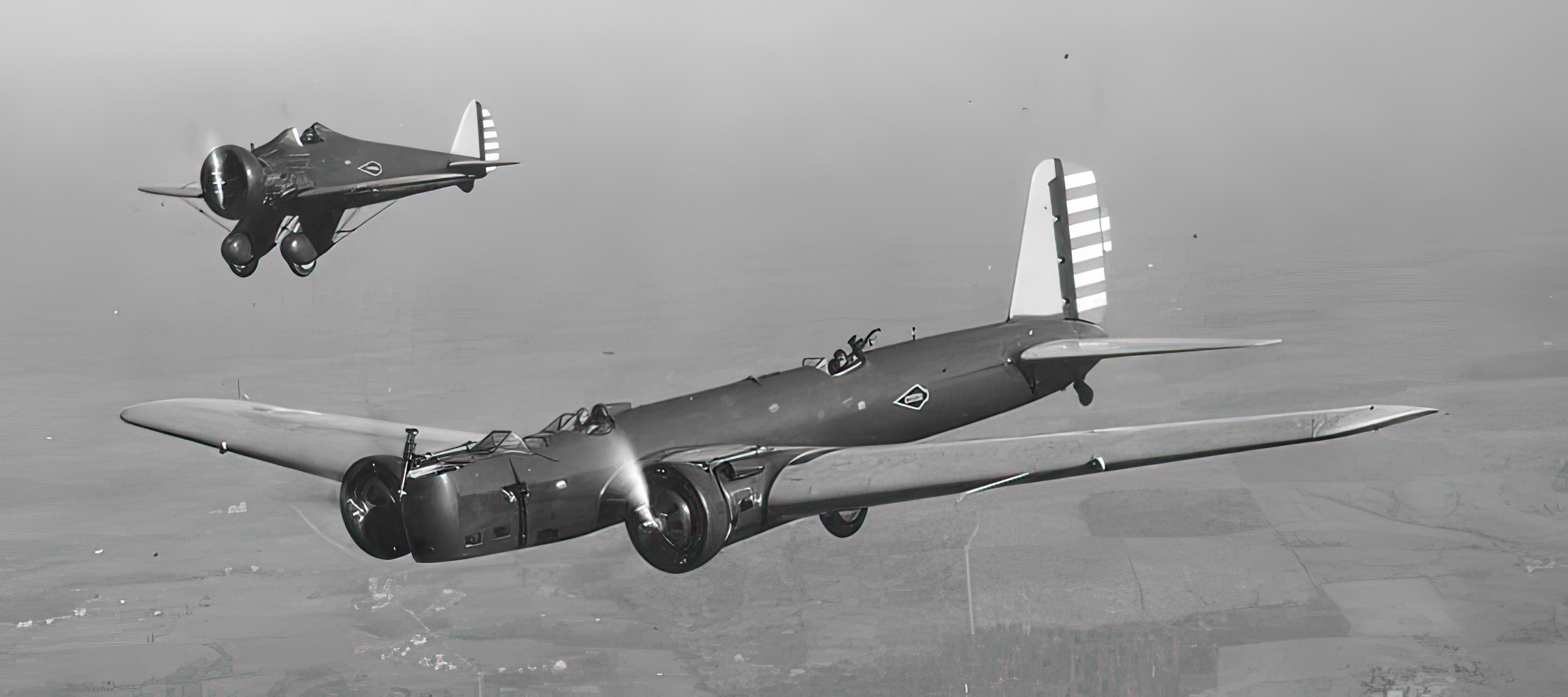
Streamlined
The Boeing YB-9 featured a streamlined, all-metal monoplane design, deviating from the more common biplane configurations of the era. This construction allowed for increased speed, maneuverability, and payload capacity. The YB-9 was powered by two Pratt & Whitney R-1690 Hornet radial engines, providing a maximum speed of 202 mph. Its exceptional range of 1,550 miles set new standards for long-range bombers, enabling the aircraft to fulfill strategic missions.
Additionally, the YB-9 introduced a retractable landing gear system, improving aerodynamics and reducing drag during flight. This technological advancement further enhanced the aircraft’s overall performance and set the stage for future developments in landing gear design.
Prototypes
Boeing delivered the YB-9 prototypes to the U.S. Army Air Corps in 1932 for evaluation. The aircraft proved its worth during extensive flight testing, impressing the military with its remarkable performance and handling. Its long-range capability and substantial payload capacity made the YB-9 an invaluable asset for strategic bombing missions.
The YB-9’s success directly influenced the development of subsequent bomber models, such as the Boeing B-17 Flying Fortress and B-29 Superfortress. Lessons learned from the YB-9’s construction and operational experiences helped shape the future of American military aviation, including advancements in aerodynamics, structural engineering, and powerplant technology.
Moreover, the YB-9 demonstrated the potential of all-metal monoplane designs, signaling the end of the biplane era in bomber aircraft. This shift allowed for greater speed, agility, and efficiency, leading to more effective air operations.
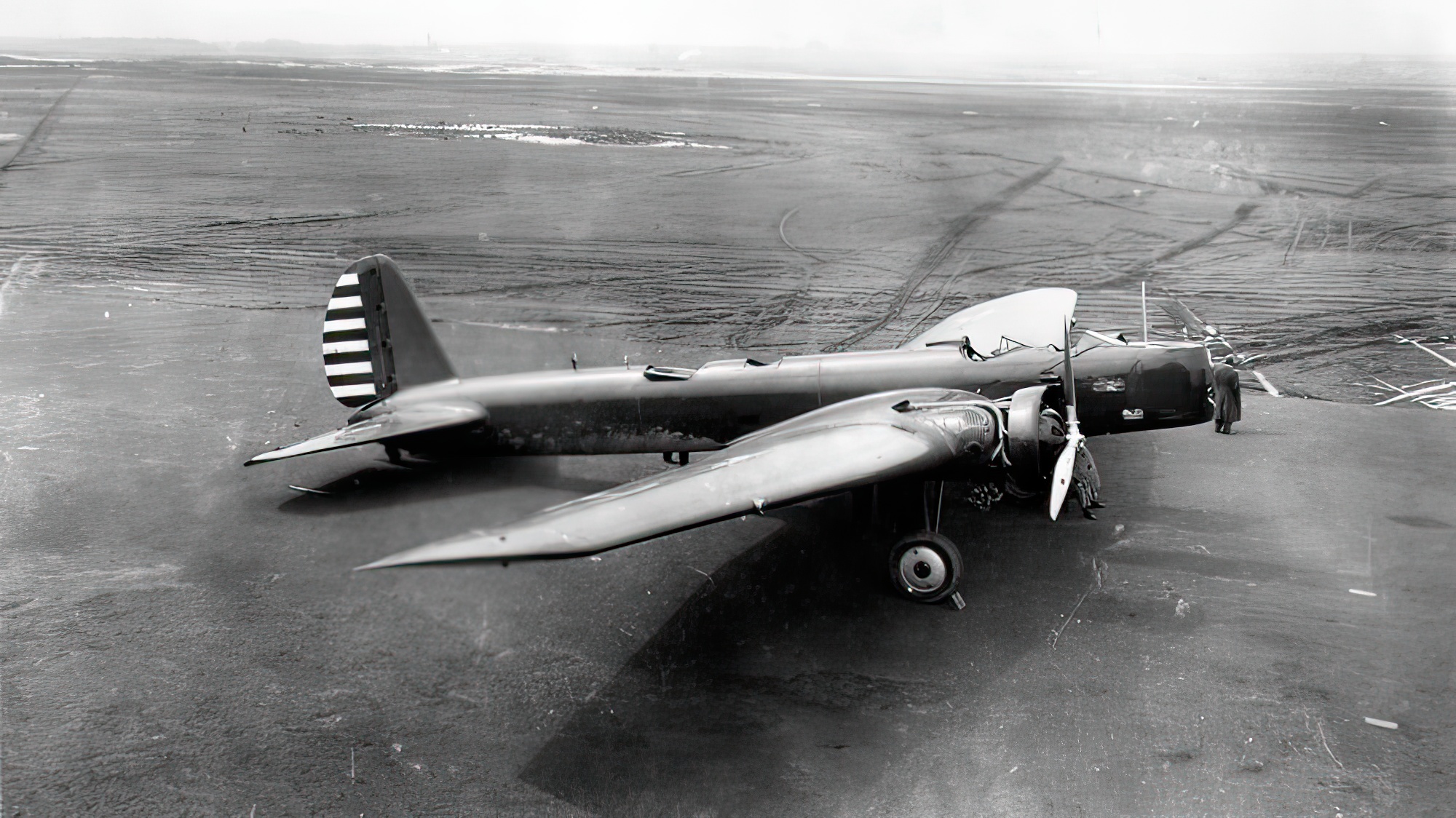
Pivotal role
The Boeing YB-9 played a pivotal role in the advancement of American military aviation. Its innovative design, featuring a monoplane construction and retractable landing gear, set new standards for bombers in the 1930s. By pushing the boundaries of technology and operational capabilities, the YB-9 laid the foundation for future bomber designs and shaped the course of American airpower development, leaving an indelible mark on the history of aviation.
